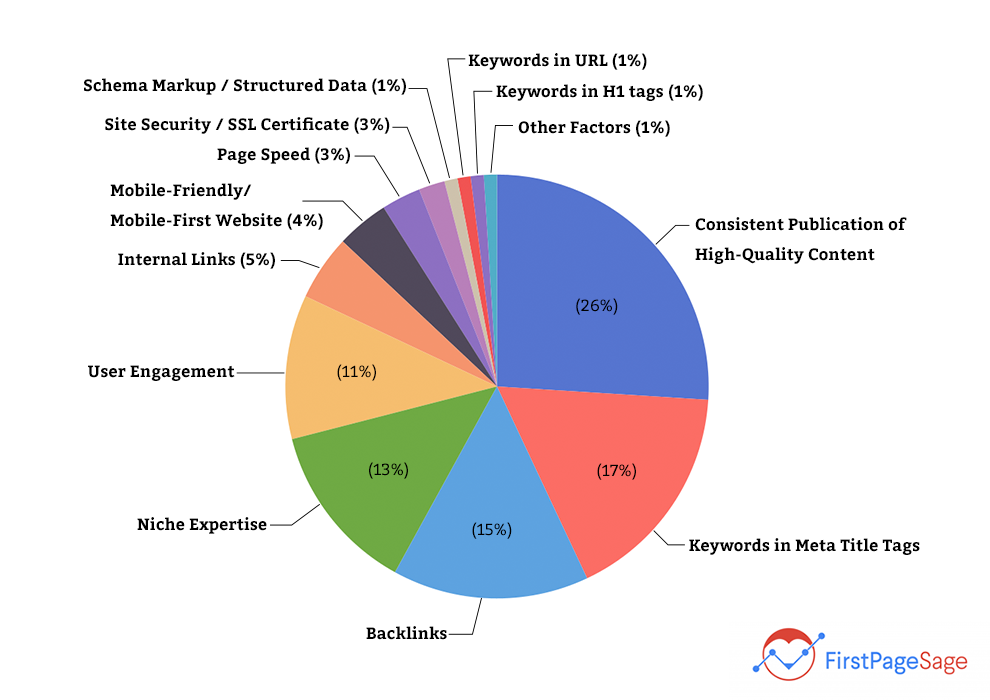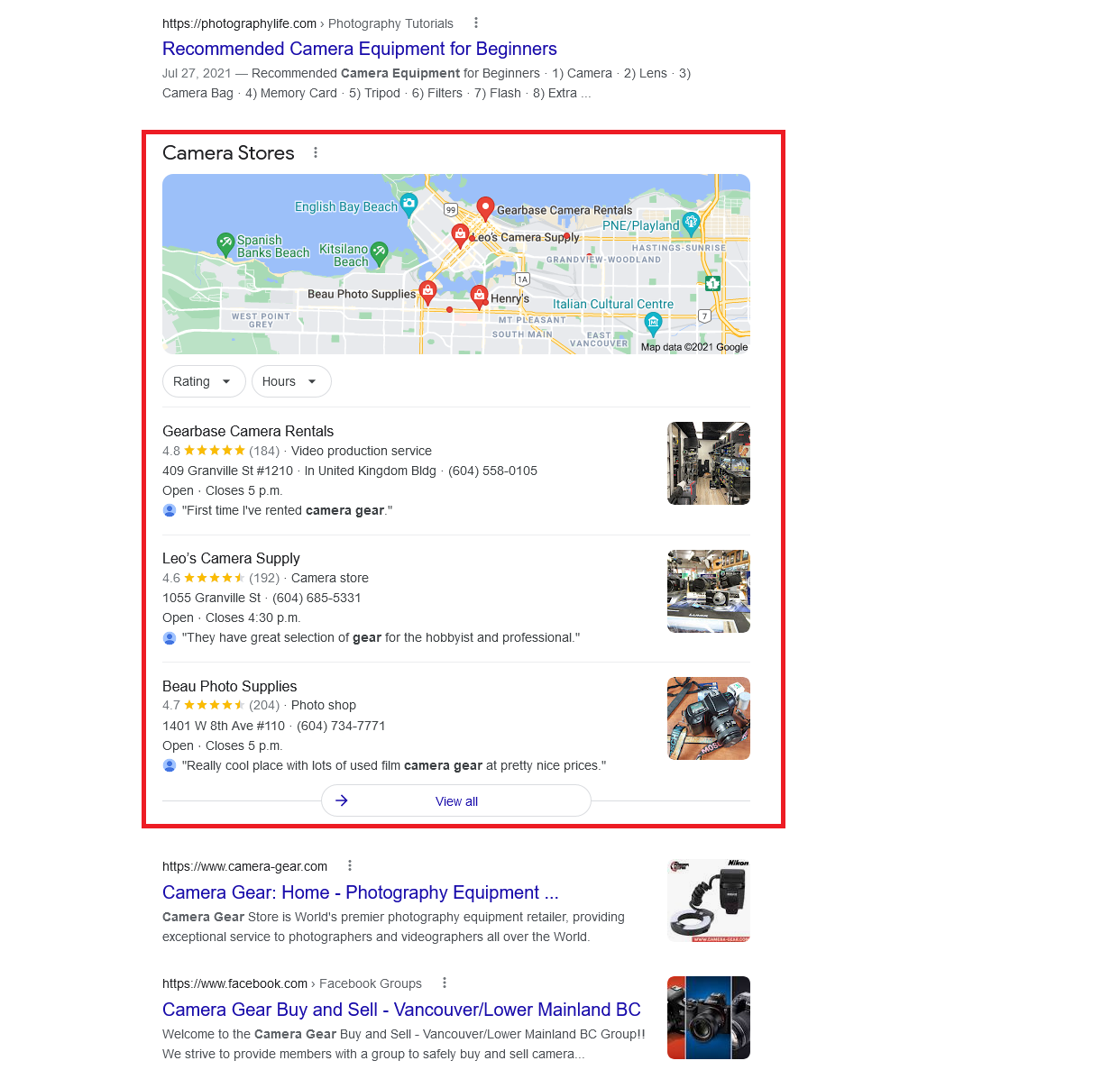Offsite SEO: A Beginner’s Guide
We’ve previously touched a bit on the three types of search engine optimization (SEO) and dug deeper into onsite SEO, how to optimize your website from within. Today we will be focusing on everything done outside, the offsite SEO effort to improve a website’s ranking.
WHAT IS OFFSITE SEO?
Offsite SEO refers to any actions taken outside your website to improve your website’s ranking in search engine results pages (SERPs). It focuses on improving search engines and people’s perception of the authority, trustworthiness, and relevance of a website.
WHY IS OFFSITE SEO IMPORTANT?
Search engines like Google look at the overall web presence when ranking pages in its SERP. According to First Page Sage, just backlinks alone—one major offsite SEO tactic—accounts for 15% of Google’s ranking factor in 2022.
In a way, offsite SEO works much like word-of-mouth marketing. How other websites link back to you under different contexts changes how people perceive you as a brand. It’s a digital record of who is referencing your brand.
And if a high-authority website references your content (and links back to your original post), that “reference” will improve the authority and trustworthiness of that post.
Just imagine having The Atlantic, The Economist, or the Financial Times referencing your content. These are highly factual, highly credible media organizations that ordinary readers trust. If they reference your content, the level of trust and authority will, to some extent, be brought over to yours.
OFFSITE SEO TECHNIQUES
Backlinks
Backlinks, also known as inbound links, are arguably the most important offsite SEO tactic. It is like a vote of validation for your content. The more backlinks you have, the more likely people are to find your content relevant and trustworthy. Hence more people are sharing it.
In a way, you can see it as Google telling you that in order to rank higher on their search engine, you have to earn it. And the way to do it is to produce quality content that people are more likely to share and link back to.
Guest blogging
It never hurts offering to write for other websites, whether it’s blogs or some kind of publication. In fact, it can bring you more good than bad if done correctly. Not only can you gain another backlink by linking back to your website, but you are also tapping into other websites’ audiences. If people like your content, you are potentially gaining new followers.
Just be aware of who or what websites you are writing for. What you don’t want is to gain a link back to your website from some kind of untrustworthy website. Your goal? Write and gain backlinks from high-authority websites.
Shareable visual content
Successful offsite SEO sometimes depends on good onsite SEO content. And one of the most effective ways to achieve this is to create good quality VISUAL content—specifically, infographics.
Studies show that infographics are generally 30 times more likely to be read than pure text content and, on average, gain 178% more backlinks than other content. If the infographic is visually interesting and on point, there is no reason for people to not share it.
Social media marketing
We’ve been talking about gaining quality backlinks, but offsite SEO is much more than that. Remember what I mentioned in the beginning? Offsite SEO is about “improving search engines and people’s perception of the authority, trustworthiness, and relevance of a website.”
It doesn’t matter if you have the best content ever, the best insights that no one else has, or a very helpful how-to guide. If no one can find your content, all these mean nothing. And that’s how social media comes into play.
There are currently 3.78 billion daily active social media users worldwide. Imagine the potential amount of website traffic you can generate with different social media platforms. If you want to attract more (and new) audiences, social media is a no-brainer. This is also an excellent way to improve your audience engagement and hopefully, increase links to your website organically.
Local SEO
Local SEO is essential if your business operates in a specific region and has a physical location. The main tactic would be employing Google My Business, the part of SERP that shows a map with associated business profiles and information.
Studies show that four in every five customers use search engines when enquiring about local information, and information found online will send 70% of customers to visit a physical store.
Optimize your listing by providing updated and accurate business information, and encouraging your customers to rate your service/products and leave reviews. All these efforts will go a long way to driving more business.
It will take some time before seeing results from any offsite SEO effort. Therefore it is better if you start employing these tactics as early as possible if you haven’t got the chance.
If you are looking to build a website, you generally have two platform options depending on your needs and technical expertise.
- Content Management Systems (E.g. WordPress) for more advanced users
- Website Builders (E.g. Website.com) for beginners
Not sure which one is better for you? Feel free to check out “CMS vs Website Builder: Which one is for you?”




